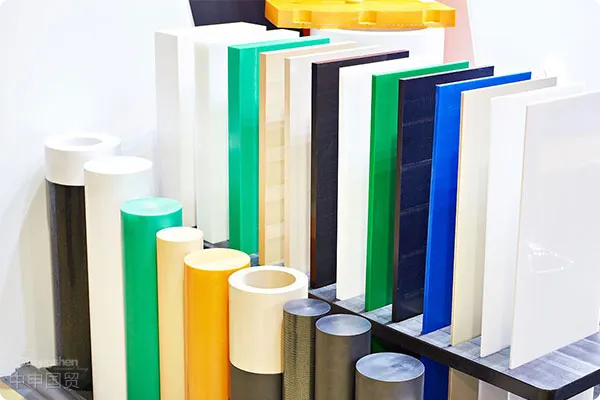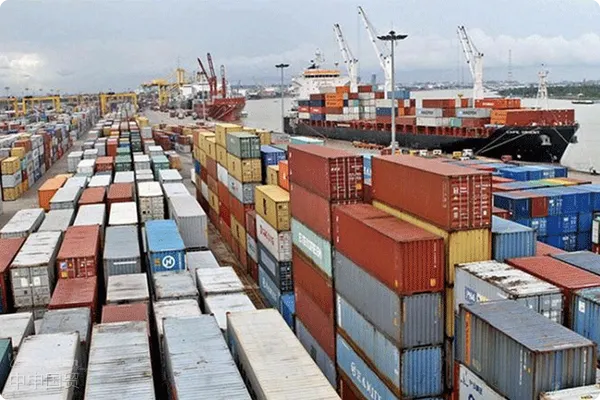- Shanghai Zhongshen International Trade Co., Ltd. - Two decades of trade agency expertise.
- Service Hotline: 139 1787 2118
In recent years, the use and management of polyvinyl chloride (PVC) have received increasing international attention. At the end of 2023, both the European Chemicals Agency (ECHA) and the US Environmental Protection Agency (EPA) proposed more stringent regulatory measures for substances used in the production of PVC plastics. This decision has had a profound impact on the future development of the global PVC industry and its scope of use, especially in food - contact materials.

一、ECHA關(guān)于PVC的調(diào)查和建議
On November 28, 2023, ECHA released a preliminary report on the potential health risks of PVC resins, additives, and microparticles. The report pointed out that although effective operating conditions and risk management measures have been implemented in the vinyl chloride monomer/polyvinyl chloride (VCM/PVC) industry, the use of additives and microparticles still poses significant environmental and health risks.
The report emphasized that 63 out of 470 PVC additives, especially those used as heat stabilizers, plasticizers, and flame retardants, pose risks to human health and the environment. ECHA put forward the following regulatory suggestions:
Reduce the risks of phthalate plasticizers through EU REACH restrictions.
Implement EU REACH restrictions on organotin substances (such as DOTE) to prevent developmental malformations and reproductive hazards caused by them.
Promote a comprehensive EU strategy on flame retardants to reduce their emissions.
Improve recycling and landfilling technologies to reduce the release of PVC microparticles and additives into the environment.
II. EPAs Assessment and Possible Management Measures for PVC
On December 14, 2023, EPA announced that it would start evaluating vinyl chloride monomer used in the production of PVC and four other chemical substances. The evaluation of these chemical substances will determine whether they have the potential to be high - priority substances.
If these chemical substances are designated as high - priority for risk assessment during the priority evaluation process, EPA will conduct a comprehensive risk assessment under the Toxic Substances Control Act (TSCA), which may lead to the regulation or restriction of the corresponding chemical substances, including manufacturing, processing, distribution, use, or disposal.
III. Application and Potential Impact of PVC in Food - Contact Materials
Currently, PVC materials can be used under the food - contact material regulations of the EU and the US, and the positive list authorizes corresponding additives for the processing and production of PVC plastics. However, with the further restrictions of ECHA and EPA on PVC monomers and their additives, its application in food - contact materials may be affected.
IV. Response Strategies of the PVC Industry
Technological Innovation:The PVC industry needs to seek and develop safer alternatives through technological innovation to reduce its dependence on harmful additives.
Enhance Recycling and Utilization:Strengthen the recycling and utilization of PVC materials to reduce environmental pollution and resource waste.
Strengthen Compliance Supervision:Enterprises should closely monitor the latest regulations of ECHA and EPA to ensure product compliance.
With the improvement of environmental protection and public health awareness, the global supervision of PVC and its additives will become increasingly strict. This is not only a challenge for the PVC industry but also an opportunity to promote industrial upgrading and sustainable development. Enterprises should actively respond by means of technological innovation and compliant operation to ensure their competitiveness in the global market.
Related Recommendations
Core Business
Contact Us
Email: service@sh-zhongshen.com
Related Recommendations
Contact via WeChat

? 2025. All Rights Reserved. 滬ICP備2023007705號-2  PSB Record: Shanghai No.31011502009912
PSB Record: Shanghai No.31011502009912








